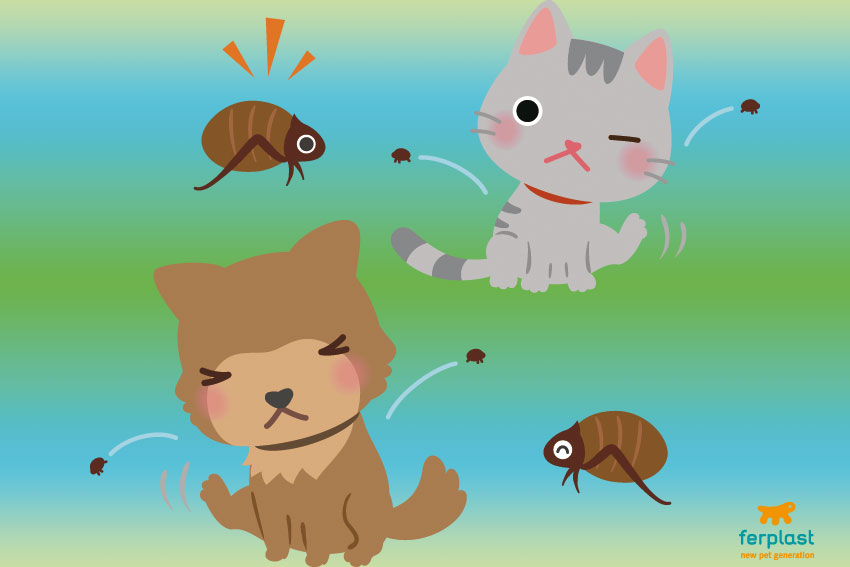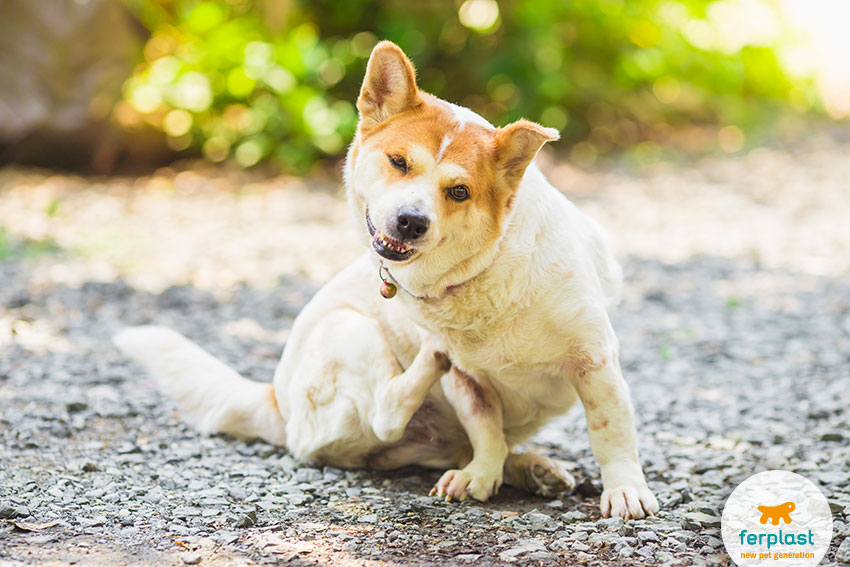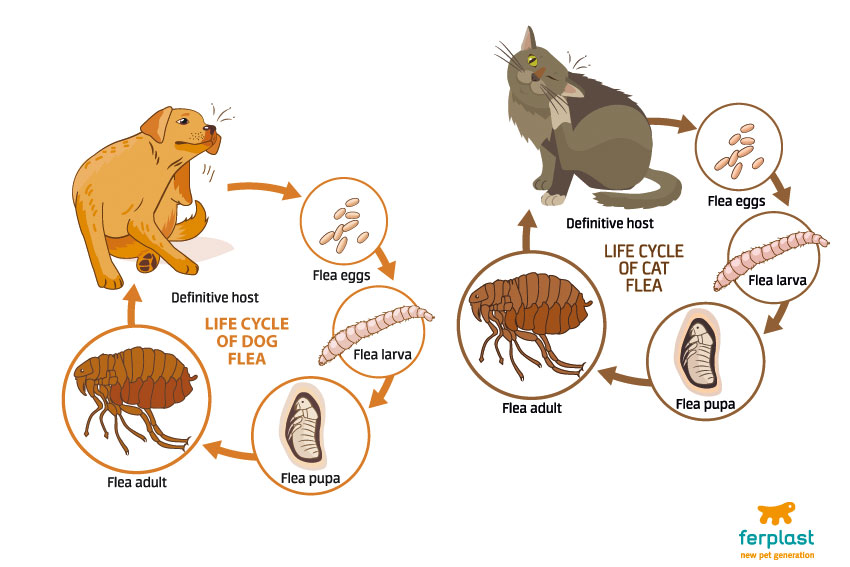With the good weather on the way, our cats and dogs will be spending a lot more time outside enjoying the fresh air. Nature reawakens, but so do our pets’ pesky enemies, that is, fleas. Let’s take a look at why prevention is important and at how to kill fleas in your house.
Cats and dogs have been living indoors with us since the dawn of time. They are so much part of the household that they often even sleep on our beds and sofas. An increasing number of families with children have some sort of pet and our young ones – both the animal and human kind – are used to living in close contact. That’s fine until our four-legged friends get fleas.
Although it’s bothersome, stay calm, the fleas that go live on our pets will not transfer over to us or our children, fortunately, we are not to their liking! Only in very rare cases will a flea bite or infest a human being, and that is only if the flea infestation in the home is so extreme that they can’t feed off the cat or dog anymore. That said, we do have to prevent any infestation and get rid of fleas as soon as we notice them, because once they have made themselves at home and begun reproducing, they are very hard to eliminate.
What are the effects of a flea infestation on cats or dogs? These tiny parasites do not limit themselves to just stinging and sucking the blood of their host, causing itching and thus scratching that can lead to swelling and irritated, if not raw, skin. They can be carriers of other, more dangerous parasites like tapeworm, or a parasitic worm responsible for subcutaneous filariasis, which all cause illnesses that are far more serious than a simple flea infestation.
HOW TO KILL FLEAS IN YOUR HOUSE
If we see our cat or dog scratching him(her)self or suddenly gnawing on a particular spot with insistence, and if we then examine the spot and see a series of tiny black dots (flea excrement) or the fleas freely walking around, then we have a full-fledged flea infestation. What should we do?
First of all, we need to rid the pet of the infestation. This can be done by washing the cat or dog with specialised anti-flea shampoo. Then use an anti-flea comb to get rid of the rest of them. Once you’ve done this, give the animal an anti-parasitic treatment to protect him(her) during the months to come. Your vet will know which one is best.
But it’s not over yet! Only 5% of the fleas in the household are on the pet itself! The remainder are sprinkled here and there in the house in the form of eggs, larvae and pupae. One single female flea can, for two weeks, produce up to 50 eggs per day. These fall to the ground all over the house. This is why the areas our dog and cat sleep in or spend more time in need to be very well cleaned eliminate immature fleas/eggs/larvae and prevent a resurgence of the infestation.
To disinfect and kill fleas in your house we need to vacuum the areas where our pet spends time, and then wash these well with detergent. It is also a good idea to carefully wash their accessories. To make life easier, Ferplast bedding, pillows, mattresses and many other items they favour for naps and silent observation are quick and simple to wash at 30°C in the washing machine. For those items that can’t be put in the machine, like toys, carrying cases, brushes and the like, or even rugs, it’s a good idea to use a spray. Fleas favour dark and humid places, so it’s always a good idea to air your pet’s belongings, and your home, and expose what you can to direct sunlight. Once you have rid your home of these unwanted guests, remember to periodically apply preventive anti-flea treatments to keep you, and your furry pals, protected.
And remember – never, and we mean NEVER – use a product designed for a dog on a cat. It is very harmful to their health!



